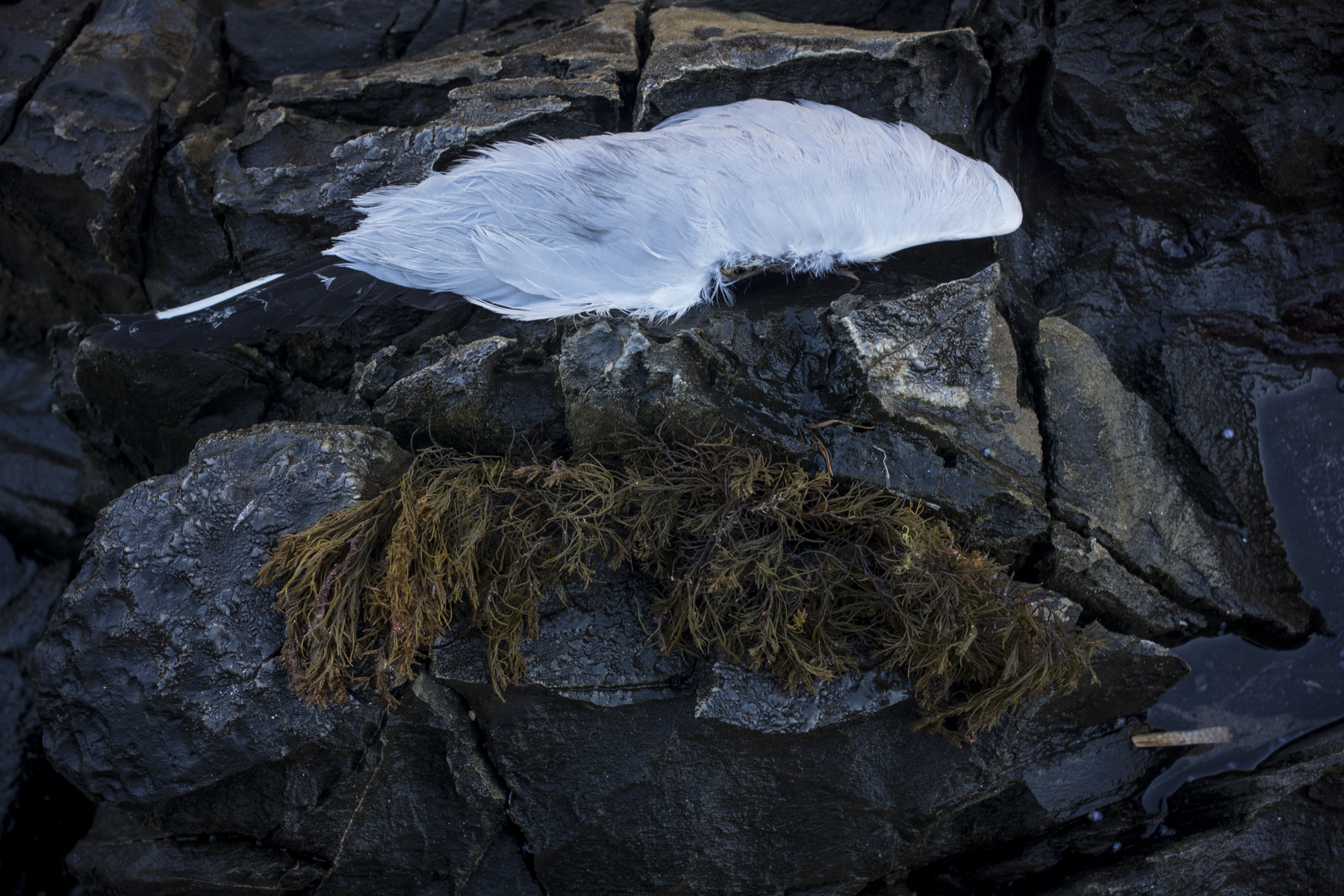I’ve just returned to Queenstown, Tasmania, to take part in a ‘then and now’ rephotography project about the North Lyell Mine disaster.
42 West Coast miners died from a fire in the underground timber pump station/house.The fire damaged the shafts, and the smoke ad poisonous fumes mean that the miners at the lower levels were trapped. It was the largest mining tragedy in Australia’s history. It is now being remembered
The rephotography project is being run by the Queenstown Library. It is centred around community involvement in a Now + Then style project that has been structured along the lines of the one run by the ABC.
How the ‘Now and Then’ is done is open to interpretation. Some possibilities mentioned are: there could be two images side by side; one old n picture superimposed on the other; or an old photograph held in the hand and photographed in the landscape of today.











